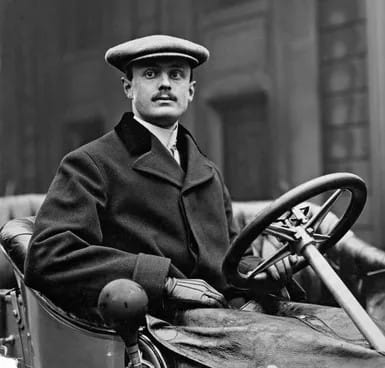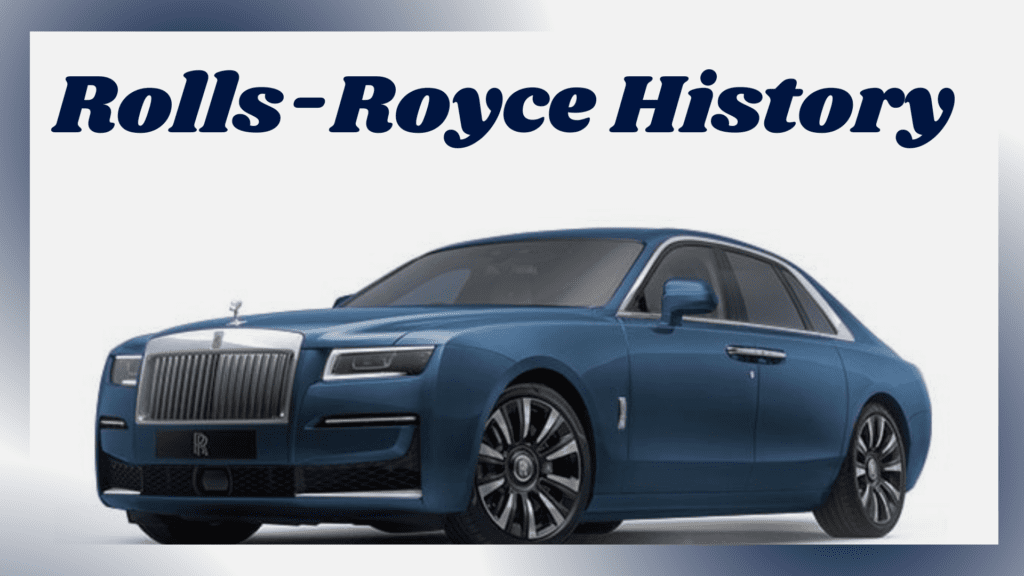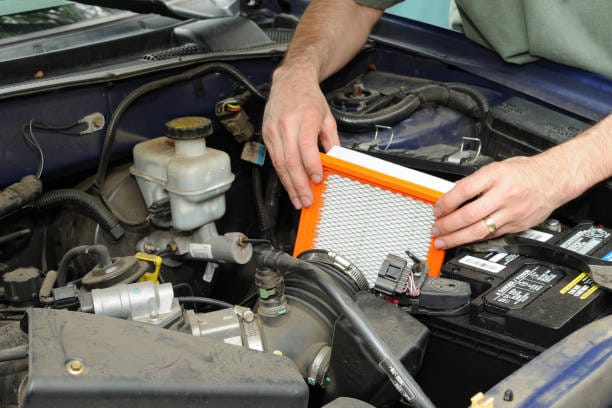When we think of luxury cars, one name stands above the rest—Rolls-Royce. Synonymous with elegance, craftsmanship, and cutting-edge engineering, Rolls-Royce has set the standard for prestige automobiles for over a century. But how did this legendary brand begin? The foundation of Rolls-Royce traces back to a crucial meeting in 1904 between two visionaries—Henry Royce and Charles Rolls. Their collaboration gave birth to a brand that would redefine luxury and innovation in the automobile industry.
In this blog, we will explore the fascinating history of Rolls-Royce in a chronological timeline, highlighting the major milestones that shaped it into the world’s most prestigious car brand.
1. The Early Years of Henry Royce and Charles Rolls
1. Henry Royce: The Perfectionist Engineer
Henry Royce was born in 1863 in Alwalton, England. He came from a humble background and had little formal education. However, he was naturally gifted in engineering and mechanics. In 1884, he founded his own electrical and mechanical business, F. H. Royce & Company, which manufactured electric cranes and dynamos.

Despite his success, Royce was fascinated by automobiles. In 1903, he purchased a French Decauville car, but he was disappointed with its poor performance. He decided to build a better car himself—one that would be more reliable, powerful, and refined. In 1904, he completed his first car, the Royce 10, a two-cylinder vehicle that was incredibly well-engineered and smooth to drive.
2. Charles Rolls: The Aristocratic Car Enthusiast
Charles Rolls, born in 1877, came from a wealthy family and was a pioneer in the early days of motoring. He studied mechanical engineering at Cambridge and had a passion for racing and selling cars. In 1902, he established C. S. Rolls & Co., a dealership that imported high-end foreign cars to the UK. Rolls believed that British cars lacked quality compared to their European counterparts.

2. The 1904 Meeting That Changed Automotive History
In May 1904, Henry Royce and Charles Rolls met at the Midland Hotel in Manchester through a mutual acquaintance, Henry Edmunds. Rolls was impressed with Royce’s engineering skills and the smooth performance of his new car. The two men struck an agreement—Royce would build high-quality cars, and Rolls would sell them under the Rolls-Royce name.
Their partnership led to the official formation of Rolls-Royce Limited in March 1906. The company’s mission was simple: to build “the best car in the world.”
3. The Birth of the Rolls-Royce Brand (1906-1914)
In 1907, Rolls-Royce introduced the Silver Ghost, a car that earned the reputation of being the “best car in the world.” It was powered by a 7.0L six-cylinder engine and was incredibly smooth and reliable. The Silver Ghost achieved a remarkable feat—running for 14,371 miles non-stop without a breakdown.
1. The Tragic Death of Charles Rolls (1910)
Despite the company’s success, tragedy struck in 1910 when Charles Rolls died in a plane crash. He became the first Briton to die in an aviation accident. Although his death was a great loss, Henry Royce continued to lead the company with his engineering brilliance.
4. Rolls-Royce During World War I (1914-1918)
With the outbreak of World War I, Rolls-Royce shifted its focus to manufacturing aircraft engines. The Eagle engine, developed in 1915, was a game-changer and powered many British and Allied aircraft. This marked the beginning of Rolls-Royce’s dominance in aviation engineering, which continues to this day.
5. Expansion and the Iconic Spirit of Ecstasy (1920s-1930s)
1. The Birth of the Spirit of Ecstasy (1921)
In 1921, Rolls-Royce introduced the Spirit of Ecstasy, the iconic hood ornament that symbolizes luxury and excellence. Designed by sculptor Charles Sykes, this emblem became a signature of Rolls-Royce cars.

2. Rolls-Royce Phantom Series (1925)
The company launched the Rolls-Royce Phantom I, replacing the Silver Ghost. The Phantom quickly became a symbol of prestige, preferred by royalty, celebrities, and wealthy elites.

During the 1930s, Rolls-Royce continued to innovate, introducing the Phantom II (1929) and the Phantom III (1936) with a V12 engine.
6. Rolls-Royce in World War II (1939-1945)
As in World War I, Rolls-Royce played a crucial role in producing aircraft engines. The Rolls-Royce Merlin engine powered legendary fighter planes like the Spitfire and Hawker Hurricane, helping the Allies achieve air superiority. This reinforced Rolls-Royce’s reputation for engineering excellence.
7. Post-War Era and the Dawn of Modern Luxury (1946-1960s)
1. The Rolls-Royce Silver Dawn (1949)
After the war, Rolls-Royce introduced the Silver Dawn, its first car with a factory-built body. This marked a shift toward more modern luxury vehicles.

2. Rolls-Royce Silver Cloud (1955)
The Silver Cloud became one of the brand’s most successful models, offering sleek styling and advanced engineering.

3. Rolls-Royce Silver Shadow (1965)
The Silver Shadow, introduced in 1965, was a revolutionary model with a unibody design and advanced suspension, making it the most comfortable Rolls-Royce ever built.

8. Financial Struggles and BMW’s Takeover (1970s-2000s)
Despite its prestige, Rolls-Royce faced financial difficulties in the 1970s due to the high cost of developing aircraft engines. The car division was separated from the aerospace business, and in 1998, BMW acquired the Rolls-Royce brand. Under BMW’s ownership, Rolls-Royce underwent a transformation.
9. Rolls-Royce in the 21st Century: A New Era of Luxury
BMW relaunched Rolls-Royce with the introduction of the Phantom VII (2003), setting a new benchmark for luxury. Since then, the brand has expanded its lineup with models like:
- Rolls-Royce Ghost (2010) – A more contemporary, driver-focused luxury sedan.
- Rolls-Royce Wraith (2013) – A high-performance grand tourer.
- Rolls-Royce Dawn (2015) – A stylish convertible.
- Rolls-Royce Cullinan (2018) – The brand’s first-ever luxury SUV.
10. The Future of Rolls-Royce: Electric and Sustainable Luxury
In 2021, Rolls-Royce announced the Spectre, its first fully electric luxury car, set to launch in 2024. This move signals the brand’s commitment to sustainable luxury while maintaining its legendary craftsmanship and exclusivity.
Conclusion: The Legacy of Rolls-Royce
From a fateful meeting in 1904 to becoming the world’s most prestigious car brand, Rolls-Royce has maintained its reputation for excellence, luxury, and innovation. With over a century of history, the brand continues to set the standard for high-end automobiles, proving that the vision of Henry Royce and Charles Rolls remains alive today.
The story of Rolls-Royce is not just about cars—it’s about a relentless pursuit of perfection. Whether on the road, in the sky, or into the future with electric mobility, Rolls-Royce remains a symbol of unparalleled craftsmanship and prestige.
Unlock the Ultimate My Car Wisdom!
Want to stay ahead in the world of automobiles? Whether you’re a car enthusiast, a first-time buyer, or someone who loves luxury rides, My Car Wisdom is your go-to source for expert insights, maintenance tips, and the latest automotive trends.
- Expert Car Reviews
- Maintenance & Buying Guides
- Luxury & Performance Car Insights
- Industry Updates & Innovations
Don’t just drive—drive smarter! Follow Car Wisdom today and take your automotive knowledge to the next level. Join us now! 🚗💨
Raja Yadav, the content writer at My Car Wisdom, brings a unique voice and style to our blog. With a knack for storytelling and a keen eye for detail, Raja ensures that every piece of content is informative, engaging, and easy to understand. His focus is on delivering high-quality articles that cater to both novice car owners and seasoned automotive enthusiasts.




